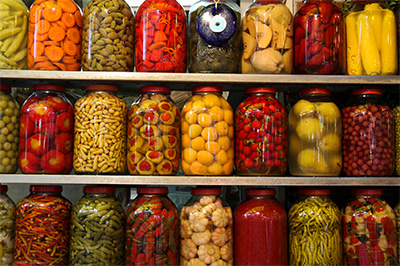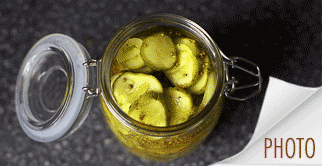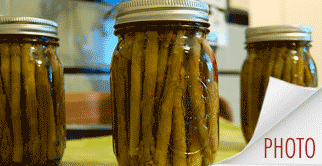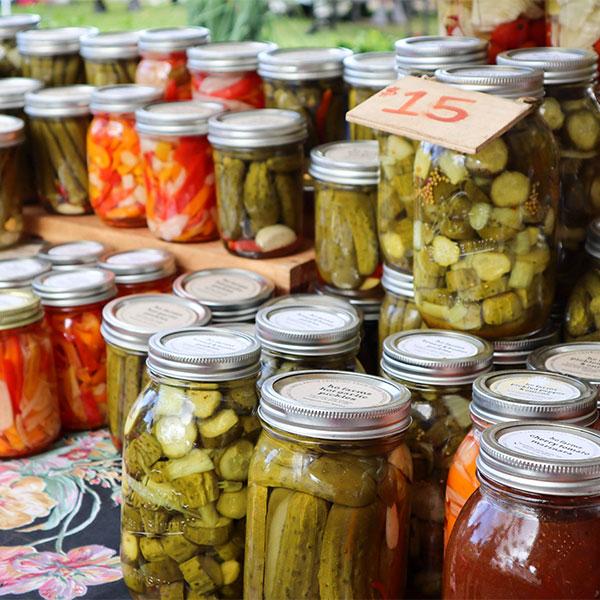It’s that time of year when produce from the garden starts filling countertops and tables. If only we could harvest year-round! But for those extra veggies from your green thumb efforts, pickling is a timeless solution. Let’s dive in!
What is Pickling?

Pickling, one of the oldest food preservation methods, dates back to 2400 BC. It played a critical role in voyages such as those of Christopher Columbus, preventing diseases like scurvy by providing essential Vitamin C.
Pickling Tips for Success
- Maintain proper acidity (pH) with the correct ratio of vinegar, water, sugar, and salt.
- Use fresh, blemish-free vegetables.
- Choose canning or pickling salt for clearer brine.
- Process in a boiling-water canner to ensure safety.
Pickling Recipes
Bread & Butter Pickles

Ingredients:
- 6 lbs pickling cucumbers
- 8 cups thinly sliced onions
- 1/2 cup canning or pickling salt
- 4 cups vinegar (5%)
- 4 1/2 cups sugar
- 2 tbsp mustard seed
- 1 1/2 tbsp celery seed
- 1 tbsp ground turmeric
Directions:
- Wash and slice cucumbers. Combine with onions and salt, cover with ice, and refrigerate for 3-4 hours.
- Boil vinegar, sugar, and spices for 10 minutes. Add cucumber mixture and bring to a boil.
- Pack jars, leaving 1/2-inch headspace. Remove air bubbles, seal, and process.
Pickled Asparagus

Ingredients:
- 7 lbs asparagus
- 3 cups water
- 3 cups white vinegar (5%)
- 1/3 cup canning salt
- 2 tsp dill seed
Directions:
- Trim asparagus to fit jars. Place a garlic clove in each jar, then tightly pack spears.
- Boil vinegar, water, salt, and dill seed. Pour over asparagus, leaving 1/2-inch headspace.
- Seal jars and process in a boiling-water canner.












